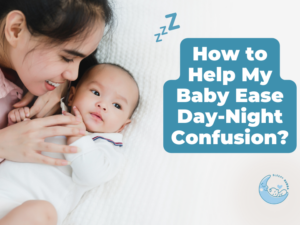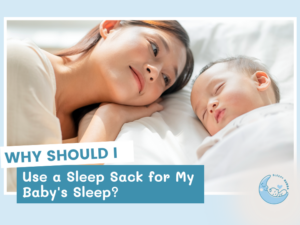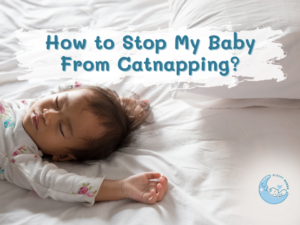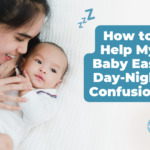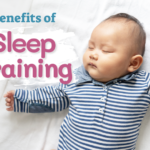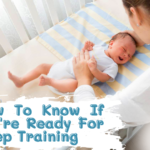Enquire Now with FREE 15 Mins Call
How to Transit My Baby Out of Swaddle?
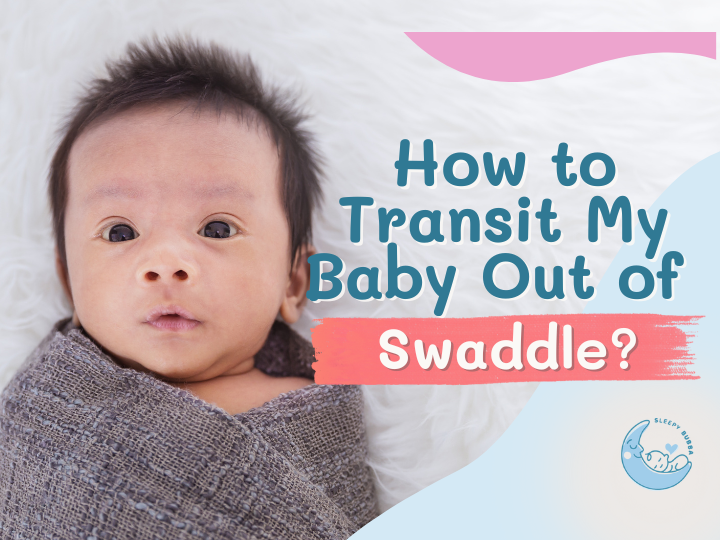
Are you navigating the challenging transition from swaddling for your newborn and wondering about the right time and method? Discover when and how to smoothly transition out of the swaddle for a safe and comfortable sleep environment. Some parents would hire a baby sleep consultant to seek pieces of advice to transit their babies out of swaddle as well as help their babies sleep better through sleep training. Ever wondered why swaddling worked like magic in those early months? It mimics the womb’s comforting embrace, providing the security babies crave during sleep. But, like all good things, swaddling has its time. Let’s dive into some ways to transition out of the swaddle and when to stop swaddling.
When I Should Stop Swaddling?
Deciding when to stop swaddling isn’t based on a universal age, it’s more about observing your baby’s developmental milestones, especially the signs of rolling. The American Academy of Pediatrics (AAP) notes that babies usually start rolling around 3 – 4 months. If your baby is within this age range and hasn’t shown signs of rolling, it’s still safe to swaddle. However, once your baby can roll onto their tummy, it’s time to stop swaddling, as they need their hands free for movement.
My Baby Breaks Out of the Swaddle. Does This Mean I Should Stop Swaddling?
Not necessarily. Babies may break out of swaddles for various reasons. If your baby is breaking out and showing signs of rolling, it’s a signal to stop swaddling. However, other times, babies may break out for different reasons:
1. Growth
As babies grow, they become stronger, making it easier to break out. Ensure your baby is in the right-sized swaddle, snugly wrapped.
2. Active Sleep
Babies may break out during active sleep, a normal part of newborn sleep. Make sure you’re following swaddle safety guidelines.
3. Overtiredness
Babies might resist swaddling when overtired. Watch for sleepy cues and maintain appropriate wake windows.
4. Type of Swaddle
Opt for swaddles with zippers for secure wrapping. Experiment with different swaddles to find the one your baby prefers.
Should I Stop Swaddling When My Baby Rolls to Their Side?
The decision depends on your baby’s age and developmental stage.
1. Newborns
If a brand new baby seems to roll to their side, it’s likely the newborn curl, not actual rolling. Correctly done swaddling aids in safe back sleeping.
2. Older babies
If your baby can lift onto their shoulder which we typically see between 3 – 4 months, it indicates rolling, and it’s time to stop swaddling.
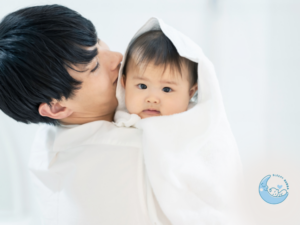
How to transition out of the swaddle?
Here are four options to help you with transitioning out of the swaddle:
1. Partial Night
Ending the swaddle too soon can lead to sleep disruptions. If you sense it’s time to transition, and your baby isn’t rolling yet, the ‘partial night’ approach could be your best bet. Begin with one or both arms out of the swaddle at the start of the night. When your baby stirs, swaddle them back with both arms inside. Gradually extend the time with arms free each night. Transition to a sleep sack when your baby comfortably sleeps with both arms out or shows signs of rolling.
2. Cold Turkey
The “cold turkey” approach involves a swift transition from swaddling to a sleep sack with arms free. This method is often suitable for babies who have already shown signs of rolling and seem ready to sleep without the constraints of a swaddle. It’s an abrupt shift, but some babies adapt well to the newfound freedom.
Conclusion
In conclusion, transitioning your baby out of the swaddle is a significant step in their sleep journey. Pay attention to their cues, especially signs of rolling, and choose a method that aligns with your baby’s comfort. Whether you opt for a gradual approach or decide on a more direct change, the goal is to ensure a safe and restful sleep environment for your little one. If you find yourself facing challenges with this transition or seeking personalized guidance on your baby’s sleep, don’t hesitate to hire a baby sleep consultant if you think you really need. At Sleepy Bubba, our certified baby sleep consultants are here to provide personalized guidance, ensuring restful nights for both you and your little one. Schedule a FREE 20-minute discovery call with us today, and let us support you on the path to better sleep for your baby and, consequently, for your entire family.

